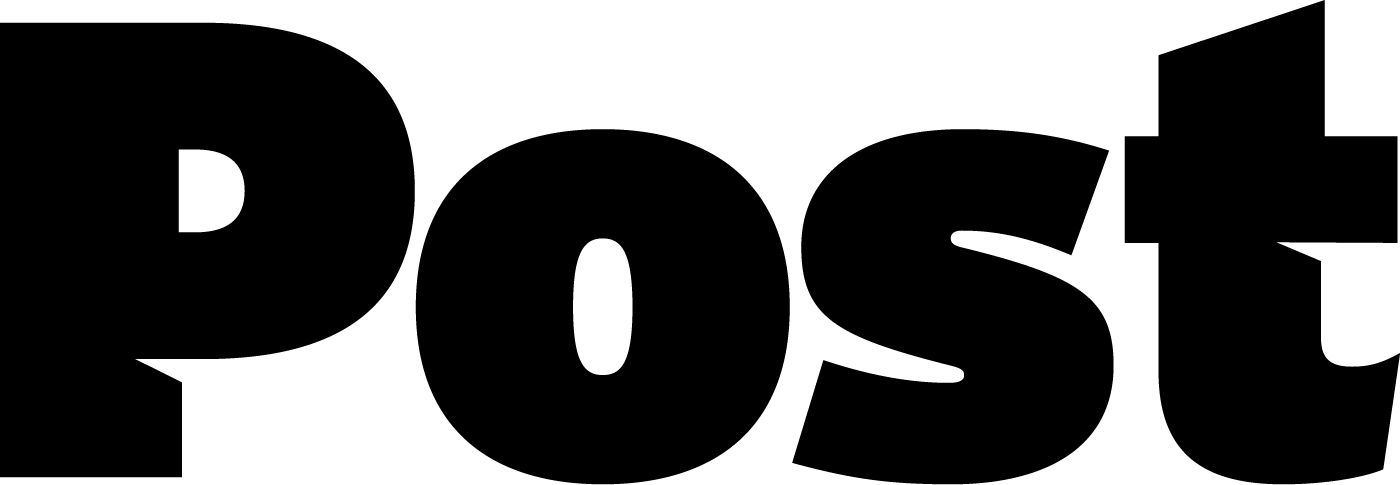
Whakapapa & Identity
Words by Zoë Poutu Fay
“How much Māori are you?”
“I don’t really know what you’re asking me.”
“How much Māori are you?”
“My mother is Māori but I look like my dad who’s from North America.”
“How much Māori are you?”
“I can tell from that question that you are not Māori because no Māori person would ever ask me that.”
“How much Māori are you?”
“100%”
I am a Māori woman. I was born the youngest in a long line of Tuwhakairiora wāhine from the region of Wharekahika on the East Coast. I was educated in te reo, mātauranga Māori and the customs and traditions of te ao Māori. I have a Master’s Degree in Indigenous Research and I am currently working towards a PhD in Kaupapa Māori Education. But my father is North American, and with my light skin and grey eyes, I could easily pass for Pākehā, particularly amongst non-Māori. When I’m out with friends, I sometimes get asked “How much Māori are you?” or its even more offensive version, “Are you a real Māori?” (Who decides what a ‘real Māori’ is? Is there a committee? Do they meet fortnightly at the Legion of Doom?) So I’ve had plenty of opportunity to try out various responses to these kinds of questions. With varying degrees of success.
The last response above is now my go-to reply. To someone who may have been raised to think of race and ethnicity as a numbers game this may be a confusing answer. But I don’t feel I have to defend my identity. I may embody your confusion but I’m not responsible for it. We’re at a bar, bro – I’m here to take a break from my problems, not take on yours.
The question of “how much of something” someone is relates to the Western idea of ‘blood’ and ‘blood quantum’. ‘Blood’ is construed in race discourse as a substance that can be mixed and diluted, and divided in fractional terms to precisely categorize descent. If our ability to fully identify with our taha Māori was dependent on how many ‘full-blooded’ ancestors we have, Māori would be pretty disadvantaged by this time. Fortunately, that is not the case for me or my people. Yet this is the reality for many Indigenous people in the USA and Canada. There is legislation in place that dictates whether you can officially obtain membership to a band or tribe. Bonita Lawrence, a Mi’kmaw scholar, asserts that for mixed-blooded individuals identity legislation is highly problematic because of the arbitrariness of the various regulations, their indifference to traditional Indigenous ways of evaluating who was a member of the nation, and “the inherent dehumanization of having one’s identity regulated by (largely biological) standards of “Indianness.””. I can only imagine how painful it would be to have your personal and collective identity defined and regulated by arbitrary biological standards of what a white system thinks makes you Indigenous. Ka aroha.
Whakapapa, which literally means ‘to make layers’, is not only the concept that encompasses all relationships, it is also the chief analytical tool in te ao Māori.
Aotearoa New Zealand doesn’t have these legislative discriminations. The Māori concept of whakapapa allows anyone with a Māori ancestor to identify as Māori and engage with their culture in any way that they choose. Whakapapa is often translated as genealogy which is not totally inaccurate but the term goes beyond this English translation. Whakapapa, which literally means ‘to make layers’, is not only the concept that encompasses all relationships, it is also the chief analytical tool in te ao Māori. Genealogy is defined as the line of descent traced continuously from an ancestor; and whakapapa does encompass this definition as we often use it to trace ourselves back to a common ancestor. But whakapapa is so much more…
Whakapapa captures all relationships between the human, natural, spiritual and cosmic worlds. It is not restricted to human relationships (person to person) but encompasses everything in between and beyond. Conceptually it is both an explanation for creation (the world seen and unseen) as well as a framework for the generation and codifying of knowledge. It is the analytical tool that we use to order, locate, define and analyse phenomenon. It is telling that the way te ao Māori understands phenomena, whether it be people, places, objects or ideas is through its relationship to other people, places, objects or ideas. Thus, our worldview is one seen through a relational lens.
This is the inclusive and collective nature of te ao Māori. The traditional way of asking someone their name in Te Reo is “ko wai tou ingoa?” The original meaning of this sentence is ‘what body of water do you belong to?’. This highlights that te ao Māori, like most Indigenous cultures, is relational and land-based. Our connections to our rohe, maunga, awa and papakainga cannot be reduced to percentages or fractions. You identify yourself by relating to people and place. Not by quantities.
As someone who gets socially assigned as Pākehā, identifying as Māori isn’t always easy. Especially if I am challenged on the basis of my position as a recipient of white privilege (Meanwhile, at the Legion of Doom!). Why should I – looking and talking the way I do – get to cruise in and claim my place with tangata whenua when I receive many of the advantages of white privilege as well? In some ways I could be said to have a choice in my identity. In a situation where I could be discriminated against for being Māori I can cover my tāmoko and hika mā, I’m Pākehā! Don’t get it twisted – I am Pākehā as well as tauiwi but I don’t really have a choice about the obligations and responsibilities that come with being Māori whether I “look Māori” or not. If I’m going to identify with the heritage of a marginalised group, even if this impacts me personally less than others, then I need to be part of the solution to that marginalization. And no one can make me feel insecure about who I am when I’m on that kaupapa.
Hirini Mead asserts “Every individual is a beneficiary of two whakapapa lines, the mother’s and the father’s. Sometimes a child can claim the whakapapa of only one parent. This single whakapapa line is sufficient to define a place within the hapū of that one parent and…. gives an individual the right to say ‘I am Maori’”. So this validates my claim to my hapū identity despite and while acknowledging my hybridity. For me the issue of my hybrid identity has less to do with justifying myself to anyone else and more to do with an internal struggle to embrace and celebrate the truth of my multiple identities. Whakapapa allows me to do this. It doesn’t reduce me to a fraction, it allows me to take my place in a whole that is far more than the sum of its parts. In an increasingly individualistic and deficit-driven, Western-dominated society on the brink of environmental collapse, I believe solutions outside these structures must be sought. We can and should (re)turn to Indigenous wisdom for guidance. The move towards a relational universe may be the only way to save us.





